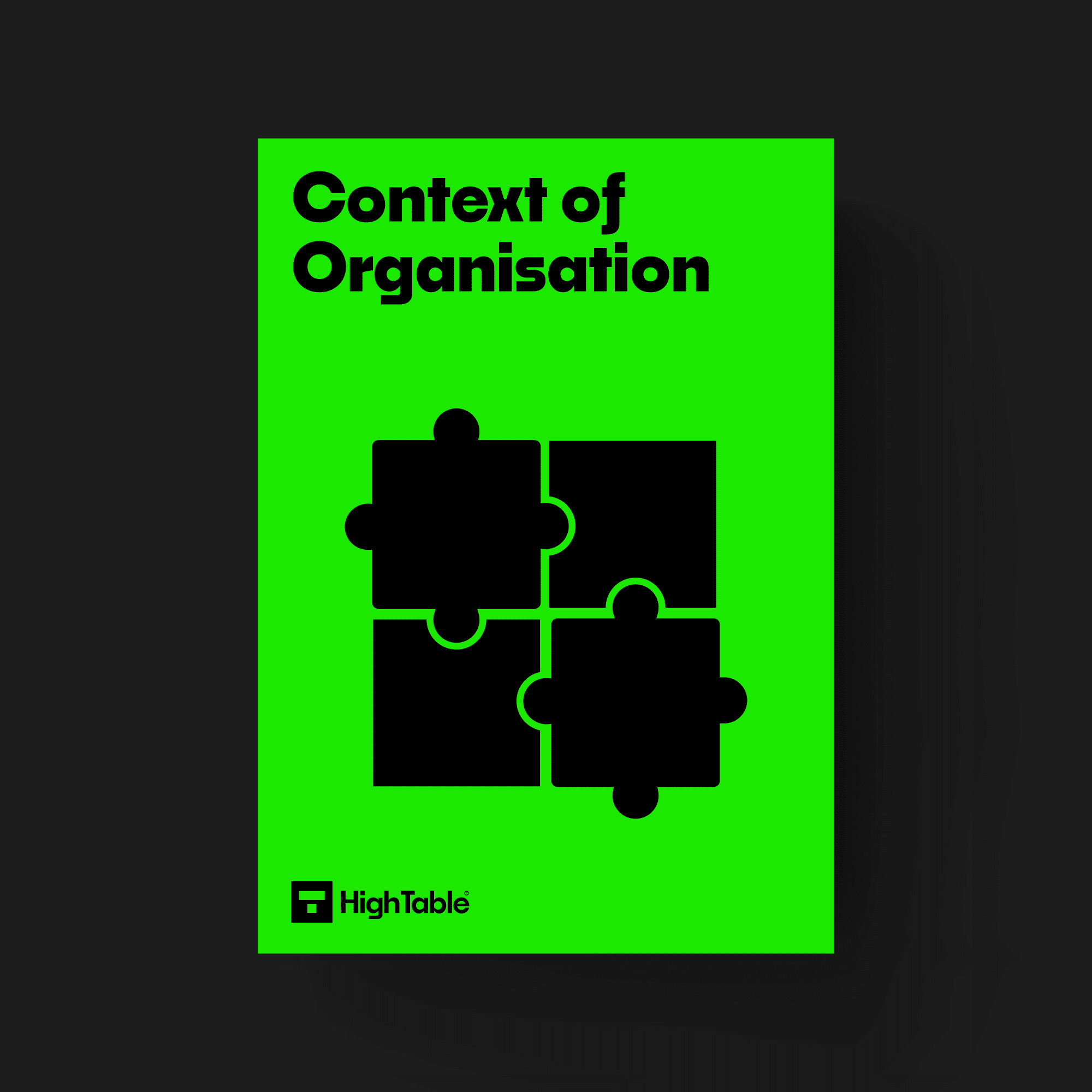Introduction
In this tutorial we will cover Needs and Expectations of Interested Parties.
You will learn what ISO 27001 Needs and Expectations of Interested Parties is and how to implement it.
Table of contents
- Introduction
- The needs and expectations of interested parties
- ISO 27001 Templates
- How To Identify Interested Parties
- Examples Of Interested Parties
- How To Identify Requirements
- Examples Of Interested Parties Requirements
- Further reading
- ISO 27001 Needs and Expectations of Interested Parties – Training Video
The needs and expectations of interested parties
If you’ve ever in traditional business projects done a stakeholder analysis, this is pretty much that. What we’re looking at is who might have an interest in our information security management system, who might have an interest in the outcomes of that management system and what are their interests? What is it that they want to see from it? What are their, you know, what are their goals? What are their objectives for it? Now there are a common list, there is a common list of interested parties and they come up time and time again.
ISO 27001 Templates
With this ISO 27001 Context of Organisation Template I have fully completed this for you.

So let’s have a think, who could have an interest in our information security management system?
How To Identify Interested Parties
How do you identify interested parties? Interested parties is just another way of saying stakeholders. Therefore, you could do a traditional stakeholder analysis.
It really depends on what you’re trying to achieve from this.
If you want to do it more informally you could just get people in a room and brainstorm it, or you could take the context of organisation template that I’ve already done for you, download it, reuse it, follow the guide on how to tweak it and adapt it for you.
Examples Of Interested Parties
Examples of interested parties include:
- senior leadership
- the board
- shareholders
- staff
- clients
- customers
- competitors
How To Identify Requirements
Once you have identified who is interested in the management system, it is time to identify what there requirements are.
Examples of how to identify interested parties requirments:
- Ask them
- Use the template with examples provided
- Conduct stakeholder analysis
Examples Of Interested Parties Requirements
So the kind of requirements that people are going to have on an information security management system are that it:
- meets our legal and regulatory requirements
- avoids or contributes to the avoidance of a data breach
- reduces our number of incidents
- helps us to avoid Legal and Regulatory fines
- gives us a commercial advantage for tenders
- gives us a commercial advantage when it comes to sales
- protects our company reputation
- provides a work environment that is safe
- allows people to conduct their role without undue bureaucracy
- is providing us the ability to cooperate with external investigation if they come up in a timely and an efficient manner.
Further reading
For further reading there is a detailed blog – ISO 27001 Clause 4.2 Understanding The Needs And Expectations of Interested Parties – Ultimate Certification Guide that goes along with this blog. In that blog I set out all of the details. I give you a table of all of the interested parties and all of their requirements and I show you exactly how to do it and I give you some examples.

